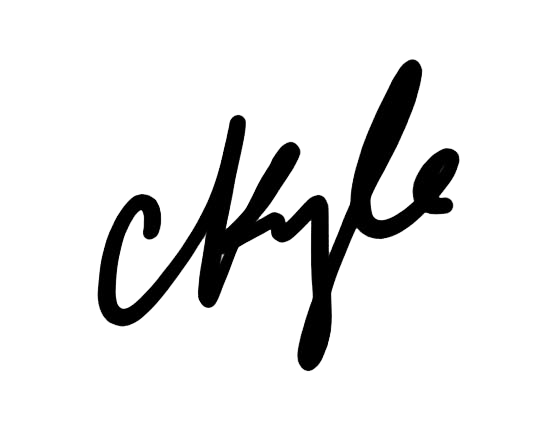Paths, not screens
Janus from Encyclopædia Britannica
Too often we refer to the customer path as “screens.” The customer path is the ground users walk on within a journey in order to do a job (JTBD). The “path” is the touch points and interactions users have with our digital tools. A path might feature in multiple different journeys. And multiple journeys might contribute to a JTBD.
In SaaS, our customers hire our tools to perform their jobs more efficiently. And yet, too often, we send users into a labyrinth without having inspected the paths ourselves. Maybe a path is overgrown in some places, or a few stones are missing leading to muddy pits… how well are we maintaining the paths we build for users?
We further depart ourselves from the idea of maintaining paths and creating journeys when we continue to dwell in the components. By components here I don’t just mean UI components—I mean features as components of a larger platform, “UX” as a component of our ability to curate journeys, “screens” as components of paths, and yes of course UI components as components of individual screens.
The jobs our users are trying to do are derived from research we perform to understand our users’ context—their job environment. It enables us to map our customers’ mental models of what their job is directly down to the tools we’re building.
That mapping is a mimetic translation—a re-presentation of a customer’s context in order to make their jobs or lives easier. Mimesis is an idea that stems from the ancient Greeks, an idea that governed the creation of works of art. It refers to a way of imitating, or mimicking, human nature in art (dramas, poetry). Mimesis is a vehicle for revealing truth.
At some point in our interaction design evolution we leaned into a form of mimicry call skeuomorphism. Remember the wooden bookshelves for iBooks, or the yellow legal pad paper background of the first notes app on iPhone? A couple other examples are the recycle bin icon used for discarding files, the audible feedback when using a camera on a phone, as well as ‘sticky notes’ and digital whiteboards.
The usefulness of skeuomorphs is that they mimic the natural environment, acting as stepping stones for everyday users to transition from the physical world into the digital world. Skeuomorphs enable us to get going in a digital environment, without breaking our mental model of the process, or journey.
When it comes to delivering experiences to customers that help them get jobs done, I hope we’re all checking in from time to time to consider how well we are mimicking the natural environment of our users to ensure that the path they walk with us is clear of debris and simple to navigate.
I worry we lose sight of this when ego and silos reign supreme. Or when we fall in love with solutions before ever really considering the problem it solves. How do the paths and journeys we build mimic the environment of the users we are targeting? What parts of our customers’ jobs does our solution make easier?
We should be building to make our users transition into our world easier.
What I mean by “transition into our world” is adoption and retention; expanding our digital environment to capture more of our customers’ environment, either from digitizing the physical aspects of their job environment, innovating on their environment by optimizing some aspects of it digitally, or else compelling our customers to further buy-in to our environment over other vendors or competitors.
And what about the intersections, the parts of the path that lead to another journey? We know most jobs do not happen on a single track—multiple tools and processes are typically involved in the definition of a single job. Think about the work you do each day, when was the last time you were able to use a single tool or application to do your job?
Too often, I fear we focus on one tool. It’s like we’re curators of little gardens—and we forget to build a gate from one to the next, because we think ours is the only one anyone should visit.
So how do we build better paths that allow customers to go on journeys that will have the greatest impact on their jobs? A few suggestions:
Perform UX research early and often to fully understand the customers’ environment; from that understanding product teams can then mimic the customers’ environment at the key points where it makes sense to do so, and where it aligns with business goals.
Leverage customer journeys to gain clarity on the most critical paths—conscientiously build paths to support the most valuable journeys.
Product teams (PM, UX, and engineering) engage in regular communication with one another to identify and negotiate how to build gates and paths from one feature area to another, in a way that lays a great path for the customers.
Measure the success of customer journeys—too often we focus on measuring success of just one feature, rather than zooming out to measure how successfully we are delivering our core customer journeys.
Drop the ego, avoid competing with other product teams. Instead, lead by example, take the initiative to set up cross-feature team meetings, and demonstrate what it means to build brilliant paths for customers.
We’re not building screens. We’re building paths.
A token to serve as a reminder:
Illustrated by Engravings on Wood., Public domain, via Wikimedia Commons
Often I use symbols or little tokens to help me stay focused on goals. This comes partially from my background in graphic design and a love of abstracting concepts down into symbols that carry a meaningful message. So I wanted to leave you with a token to act as a simple reminder, that is the symbol of Janus.
Janus is a figure that looks to the past and future simultaneously. He is the Roman god of gates, transitions, doorways, and passages. The month of January is named after Janus as it is our transition into a new year.
Skeuomorphs are like Janus, helping people to transition from the physical world to the digital.
So, how can we be a little more like Janus, and ensure the gate is open and pathway is clear for users? How might we mimic our customers environment in order to broaden their adoption of our digital environments?
This post was originally published on Substack (go there to comment), subscribe to The Things We Build to get weekly insights on building digital products directly in your inbox.


